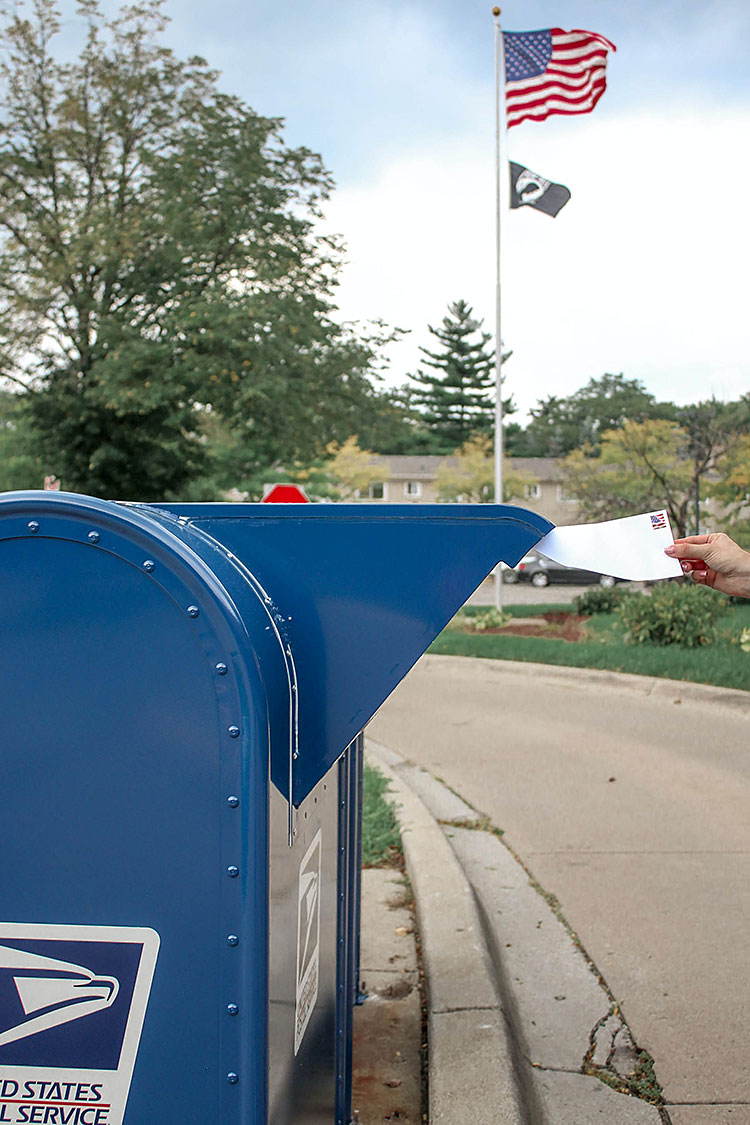When Aptos resident Becky Steinbruner observed the Sept. 14 gubernatorial recall ballot in Napa County ballot was quite different from the Santa Cruz County ballot, she wondered why. Could these differences affect the outcome?
The Napa County ballot is on a larger page and is single-sided, allowing voters to readily view the replacement candidate names. The Santa Cruz County Ballot is double-sided, so voters must turn the page over to see the list of replacement candidates.
Santa Cruz County Clerk Tricia Webber, the election chief, explains the differences:
•••
The Federal Voting Rights Act is what determines bilingual ballots. Each decennial census the percentage of second language voters is determined, and then the Voting Rights Act tells the county what, if any, second language ballots are to be printed in. In 2010, Santa Cruz County did not meet that threshold, so we cannot print bilingual ballots. We will see if that changes when we get the census requirements from the 2020 census.

We do have 14201 requirements for Spanish, that is why we make our voter guide bilingual, provide facsimile ballots at the in-person locations, have at least one election officer at each location to provide Spanish language assistance, have a Spanish ballot on the accessible tablet, and we sent a facsimile ballot to all voters who requested Spanish language voter information.
We previously had a few precincts that had 14201 requirements in Chinese and Tagalog. Those precincts no longer have the requirement, but we have people on staff that speak Chinese and Tagalog to provide assistance and have notices posted at all voting locations that language assistance is available.
The candidates are listed in the random alphabetical order (by the Secretary of State’s office) and they rotate from Assembly District to Assembly District.
So, we are AD 29 and AD 30. The 29th candidate listed in the random alpha order (Angelyne) is first for AD 29 and for AD 30 James G. Hanink (30th Assembly District) is listed first.
Napa County is a different AD, so their first candidate would be different than ours. However, the list is the same in the respect that in Napa, Angelyne would be followed by Hanink followed by Hillberg, Hewitt, Drake and on.
Yes, the counties did design them differently. I chose to use the smaller paper and separate the recall question from the candidates because I knew the candidates would be in multiple columns and the layout seemed clearer to have the yes/no in its own column on the front and the candidates in their 3 columns on the back. Other counties had a different idea.
Some are like us, others like Napa. And others have the candidates listed on both the front and the back.
Ballot design does vary from county to county for a variety of reasons — language requirements and the voting equipment are the main ones. For counties that are mandated to have bilingual ballots, they decide if they want all their languages on one card or if they want to make a separate card per language. LA County, for example, uses a different voting system than we do, so their ballots will look different.
•••
Editor’s note: Here are the results of the July 19 Secretary of State’s random alphabetized drawing for order on the ballot: 1.X 2.K 3.T 4.V 5.F 6.N 7.R 8.G 9.J 10.Y 11.Z 12.L 13.M 14.B 15.A 16.Q 17.H 18.D 19.I 20.E 21.P 22.C 23.W 24.S 25.O 26. U.
The candidate whose name appears first on the ballot in Assembly District 1 drops to the bottom in Assembly District 1, giving each candidate more than one opportunity to appear at the top of the ticket.